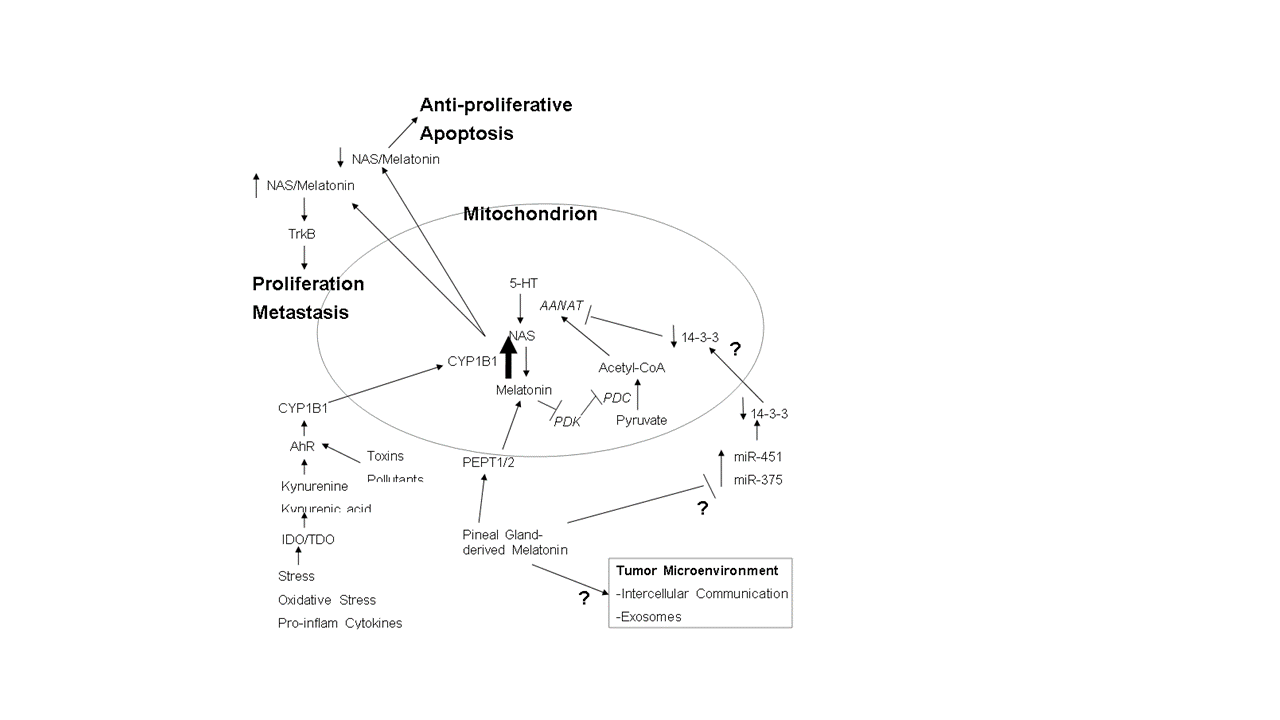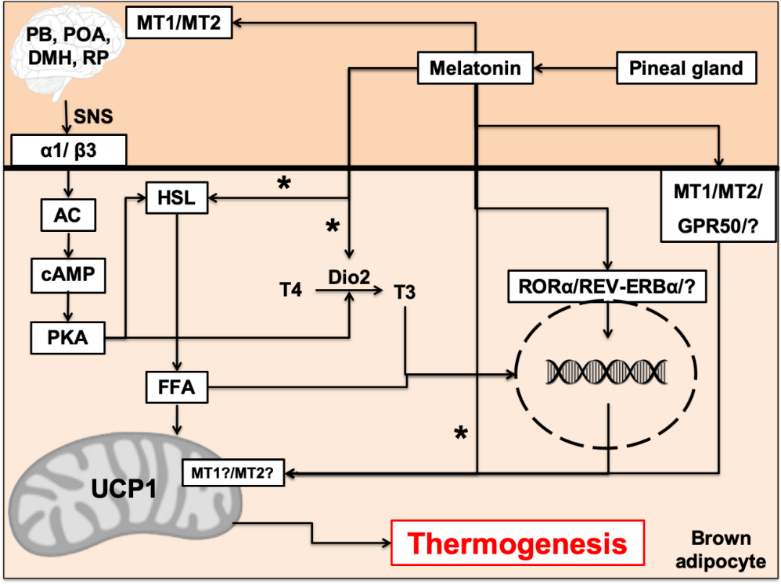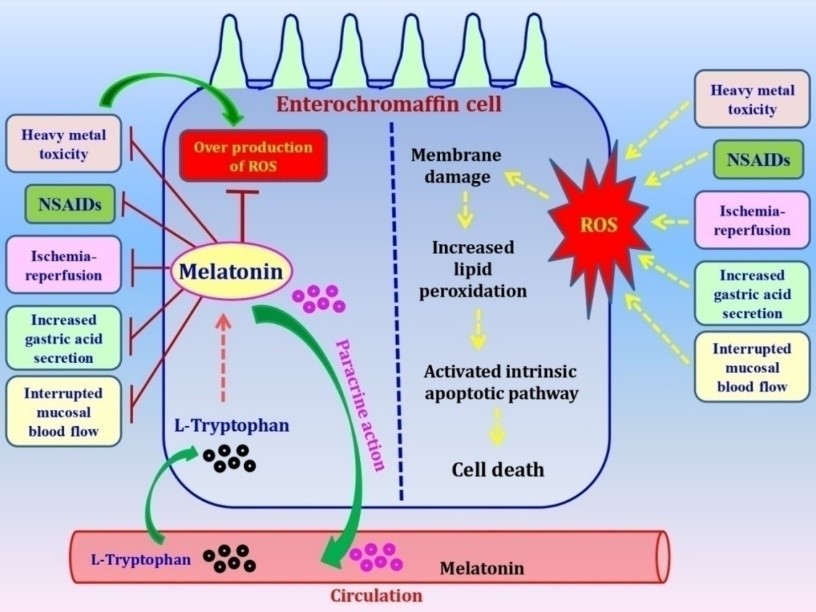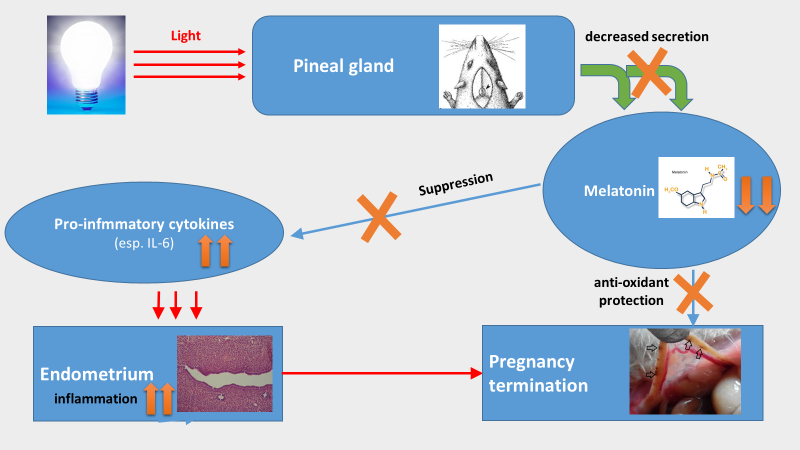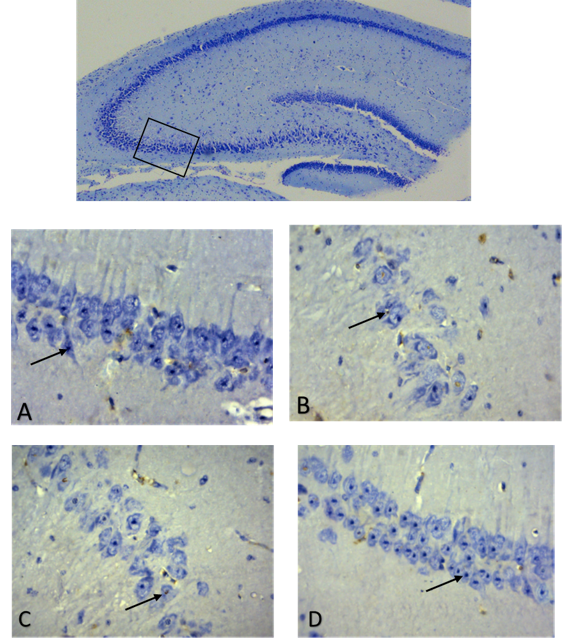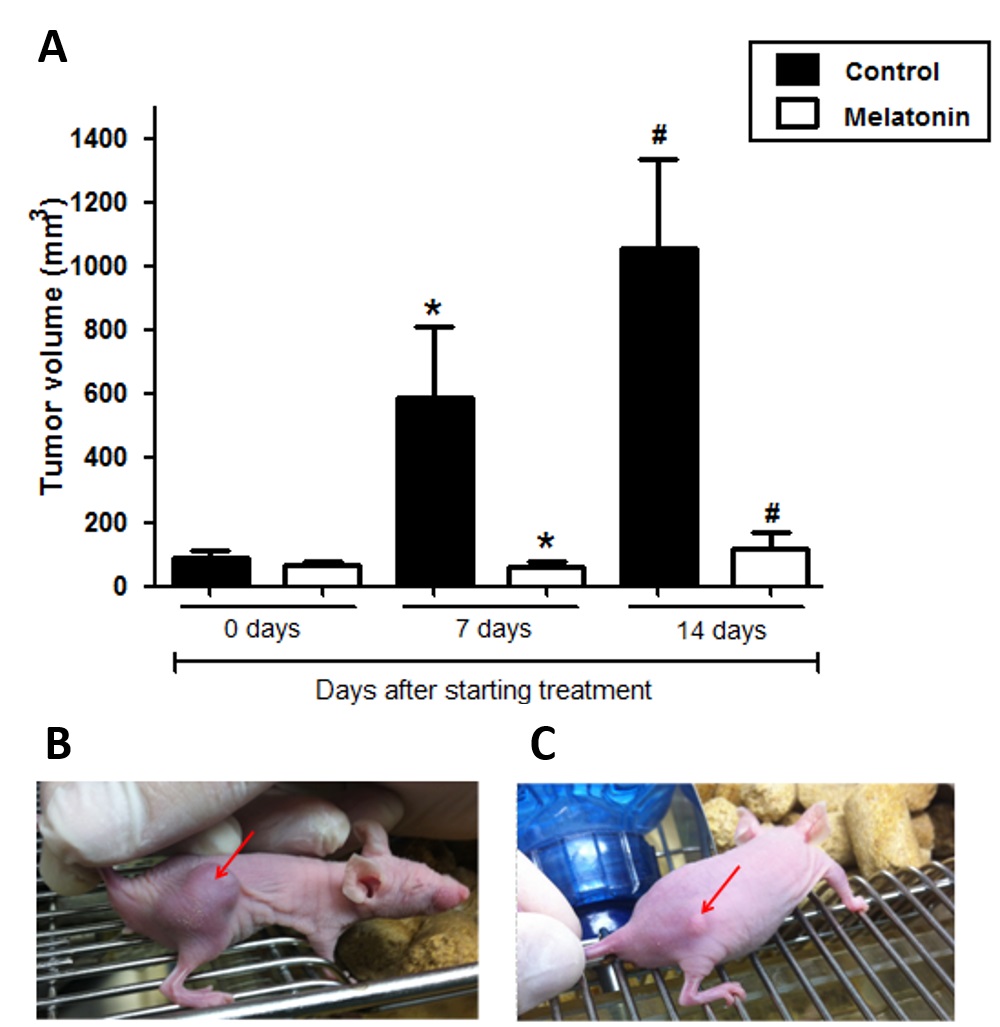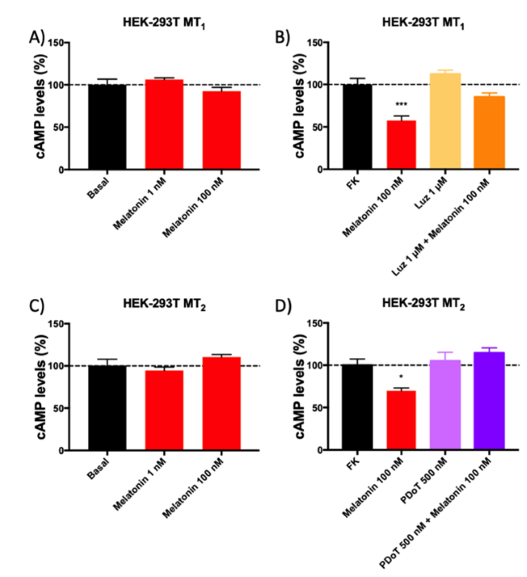
During evolution, almost all organisms that inhabited the earth had to adapted to the natural light/dark cycle to adjust their internal bio-circadian rhythms. However, these bio-circadian rhythms are disturbed by the increased global light pollution. The adverse consequences of light pollution are obvious in organisms, including on the health of humans. It is speculated that many human diseases including diabetes, obese, hypertension, neurodegenerative diseases and cancer are more or less associated with excessive nighttime light exposure. As a result, light at night has been classified as a Group 2A carcinogen by the International Agency for Cancer Research (IACR). The impact of light at night on the reproductive physiology of free living organisms has not been fully investigated. A few studies have observed the adverse effects of light pollution on the reproductive activities of birds. To address this issue in mammals, Berbets et al. exposed pregnant rats to constant light during their entire gestation period. The results were remarkable. None of the 14 pregnant dames gave birth. In contrast, all 10 dames under the normal light/dark cycle successfully delivered healthy pups. The morphological evidence showed that the pregnancy was terminated at an early stage of gestation. The unsuccessful pregnancy was accompanied by pineal gland dysfunction, low serum melatonin, and a uterine and systemic inflammation (see the graphical abstract). Such a profound effect of light pollution on mammalian reproduction has not been reported previously and it was unexpected. It is known that pinealectomy, which also eliminates the melatonin rhythm, impacts mammalian reproduction but not to this degree. Based on these observations, we probably have underestimated the influence of light at night on the gradually-increasing human infertility as observed in developed countries. The report is published in this issue of the journal (Berbets, A.M., Barbe, A.M. and Yuzko, O.M. 2019. Constant light exposure terminates pregnancy in rats with pineal gland dysfunction, low melatonin level and pro-inflammatory response. Melatonin Research. 2: 9-24. doi.10.32794/mr11250038). This observation requires confirmation in other species.
